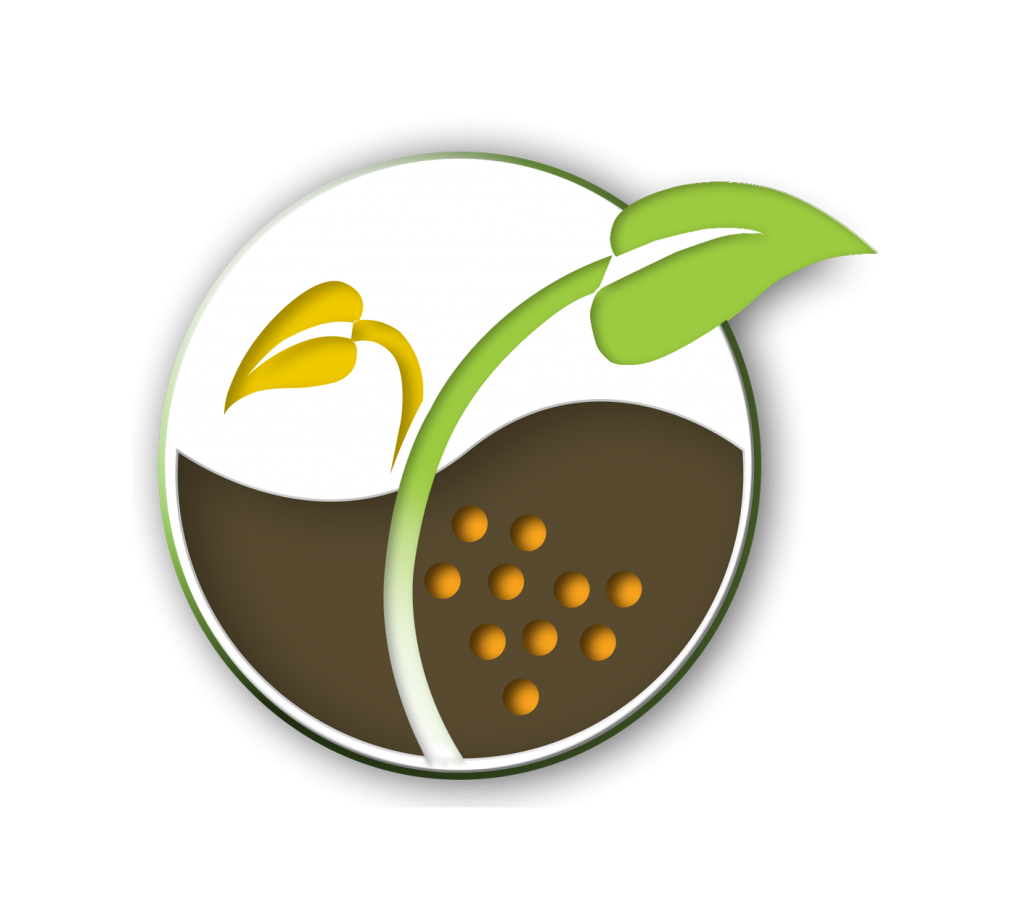A. Santiago, J.M. Quintero, M. Avilés and A. Delgado. 2009. Plant Pathology 61:132-139.
The production of chelating compounds (siderophores) by microorganisms increases Fe availability to plants. The main objective of this work was to study the effect of Trichoderma asperellum strain T34, a commercially available biocontrol agent, on Fe availability to white lupin (Lupinus albus L). To this end, experiments involving three factors [viz. growing medium (siliceous or calcareous), Fe supply (ferrihydrite enrichment and no enrichment), and inoculation with T34] were performed.
Chlorophyll meter readings and concentration and total content of Fe in plants grown on the siliceous medium were decreased by T34, but only in the absence of ferrihydrite. This suggests a potential competition between plants and T34 for Fe under conditions of restricted availability. By contrast, T34 increased the Fe concentration in the aerial parts of lupin plants grown on the calcareous medium. In ferrihydrite-enriched calcareous media, T34 decreased chlorophyll content of the plants. This cannot be ascribed to depressed Fe nutrition or other nutrient deficiency. Inoculation with T34 increased peroxidase (ferrihydrite-enriched calcareous media and siliceous media without ferrihydrite) and catalase activities, but decreased the peroxidase to catalase activity ratio. This effect on the activities of Fe-containing enzymes, which was not the sole result of increased Fe availability to plants, accounts for the disparate relationship between SPAD meter readings and Fe concentrations in plants in inoculated and non-inoculated media. Based on them, a higher Fe concentration in aerial parts was required for similar SPAD meter readings in plants with T34 than in those without T34. This may have resulted from an increased activity in Fe-containing enzymes (particularly catalase) reducing the availability of free Fe for chlorophyll synthesis, which is consistent with the significantly decreased SPAD readings by the effect of T34 in ferrihydrite-enriched calcareous media.
Más información sobre la publicación aqui.



